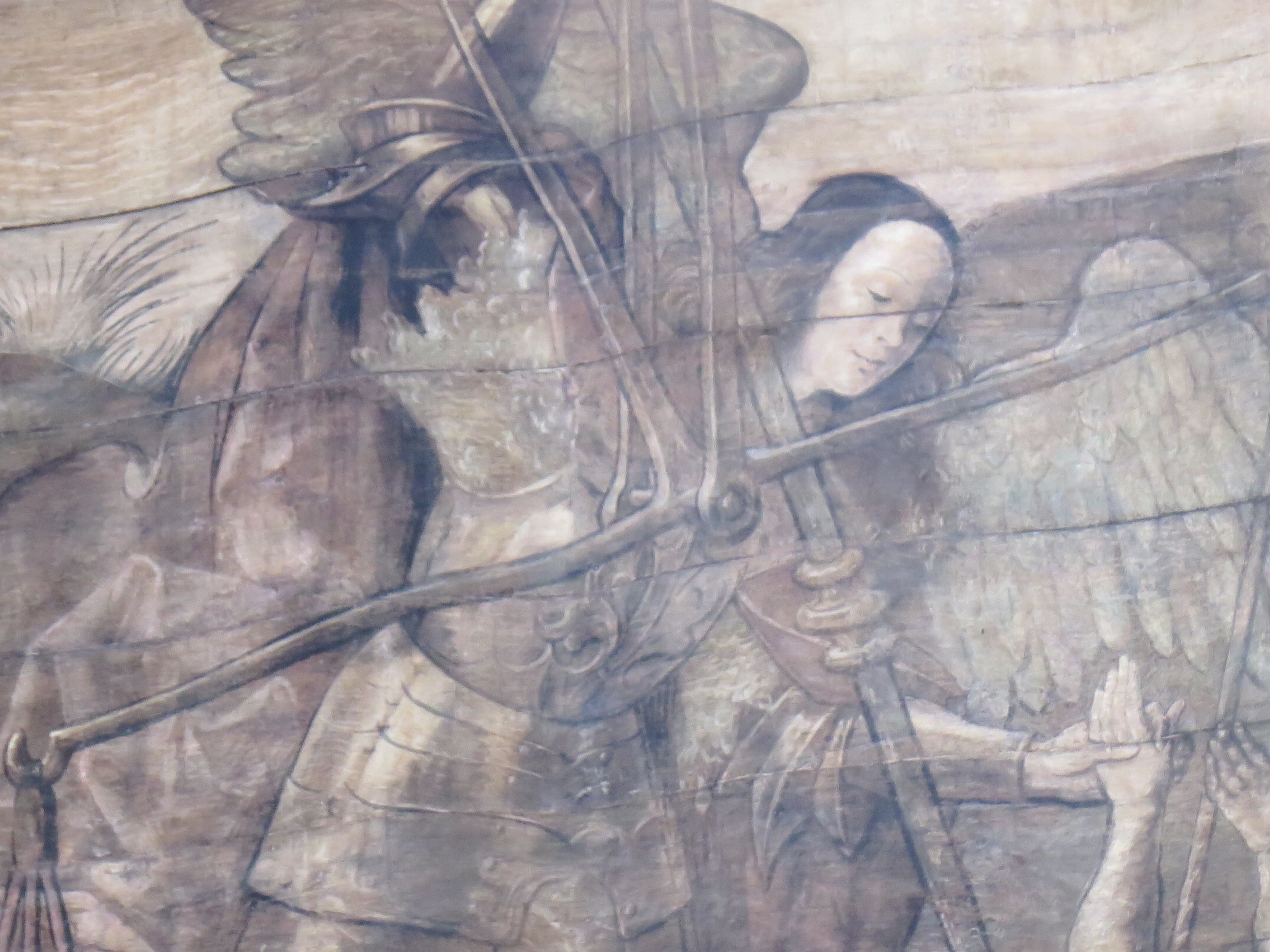I’ve been wondering, as is my wont. The topic: oh, something narrowly defined, like the interaction between religion, politics and societal evolution. As a result you all have a few choice reading assignments today, should you share my fascination.

Jokes aside, I HAVE been rattled by the outspokenness of the Christian Right in both peddling dominionism, a “group of Christian political ideologies that seek to institute a nation governed by Christians based on their personal understandings of biblical law,” and a longing for (and prediction of) the end times, in which they and only they will be saved. Betsy deVos certainly advocates for this mysticism and then there is John Bolton who willingly adds his biblical interpretations to the mix (Trump sent by G-d to save the Jews from the Iranian menace? As a Christian he believes it possible!)
And now, with the Mueller report completed and Barr’s decisions around it delivering a gift for Trump, my worries increase. Whether one believes it would matter that Trump (as an individual) should be felled or not, the proclaimed vindication is certainly empowering the underlying rot, comprised of people and ideas, and gives it momentum for its destructive mission. That will not be changed by whatever we’ll discover, should there ever be transparency, a full reading of the report, or dragged-out State court proceedings. They circled the wagons around their own and succeeded.

Roaring to capitalize on all this are people like Bolton, who, by the way, was a major architect of the Iraq war, a war that cost over half a million lives (beyond the 5000 American troops) if you count civilian deaths caused by violence and collapsing infrastructure. And that is only the dead. Nobody seems to count the permanently crippled, maimed, blinded, traumatized victims, or a population deprived of the kids never to be born. Source for statistics below, no need to peruse.
https://journals.plos.org/plosmedicine/article?id=10.1371/journal.pmed.1001533 .

What you really should (re-)read on the 16th anniversary of the Iraq invasion is what’s attached beneath, so brilliantly written by Eliot Weinberger.
https://www.lrb.co.uk/v27/n03/eliot-weinberger/what-i-heard-about-iraq
———————————-
Back to topic: Religion affecting societies. Have you noticed how many recent editorials or articles are focussed on the link between religion and politics? Here are two typical examples.
https://ips-dc.org/apocalyptic-christianity-returns-u-s-foreign-policy/

Underlying all of those speculations on the end times is the concept of an angry, judging, punishment-meting G-d. Which brings me to the truly interesting, scientific reading for today, just out this week in the journal Nature: https://www.nature.com/articles/s41586-019-1043-4
The argument, provided by a research group of Oxford scientists, in a nutshell: what do we know about the appearance of “moralizing” G-ds, who, as it turns out, have not always been around even when other ones were? Harvey Whitehouse and his colleagues systematically coded records from 414 societies that span the past 10,000 years from 30 regions around the world, and used 51 measures of social complexity and 4 measures of supernatural enforcement of morality. The resulting claim: the more complex a society, the more likely the presence of supernatural agents who make sure rules are followed and who are invested with the power to identify and punish individuals who don’t, even beyond death.

The critical mass seems to be around 1.000.000 – societies with that many members develop belief systems that emphasize “supernatural reinforcement.” Big Gods (or the related concept of retributive Karma) push people in the direction of prosocial behavior to prevent asocial tendencies that might be disruptive to the community as a whole when they can no longer be controlled through tribal/neighborly supervision. It takes about 100 years after you’ve reached the one million benchmark, for a vengeful G-d to appear.

(Note, I am not singling out Christianity here, dominionists were just the trigger for my musings.)
“Moralizing gods are not a prerequisite for the evolution of social complexity, but they may help to sustain and expand complex multi-ethnic empires after they have become established.”

The argument is not without critics – some claim that the complexity of societies is associated with the (subsequently emerging) ability of people to think about questions of meaning and answer them with religious concepts.

The Whitehouse data seem to point to a different causality. Most interesting for us, though, has to be the question: when does the idea of a punitive God, thought to be a stabilizing factor for complex societies, flip into the opposite? When does that belief lead to violent acts, civil strife, oppression of people who don’t buy the concept, or pray to another moralizing G-d? Will it again be used to justify another war?

Photographs today are European spires seen across my last two trips.
Music is dedicated to all who died at the hands of believers in a reinforcing G-d. May the beauty of the music console us on this Monday.














































































